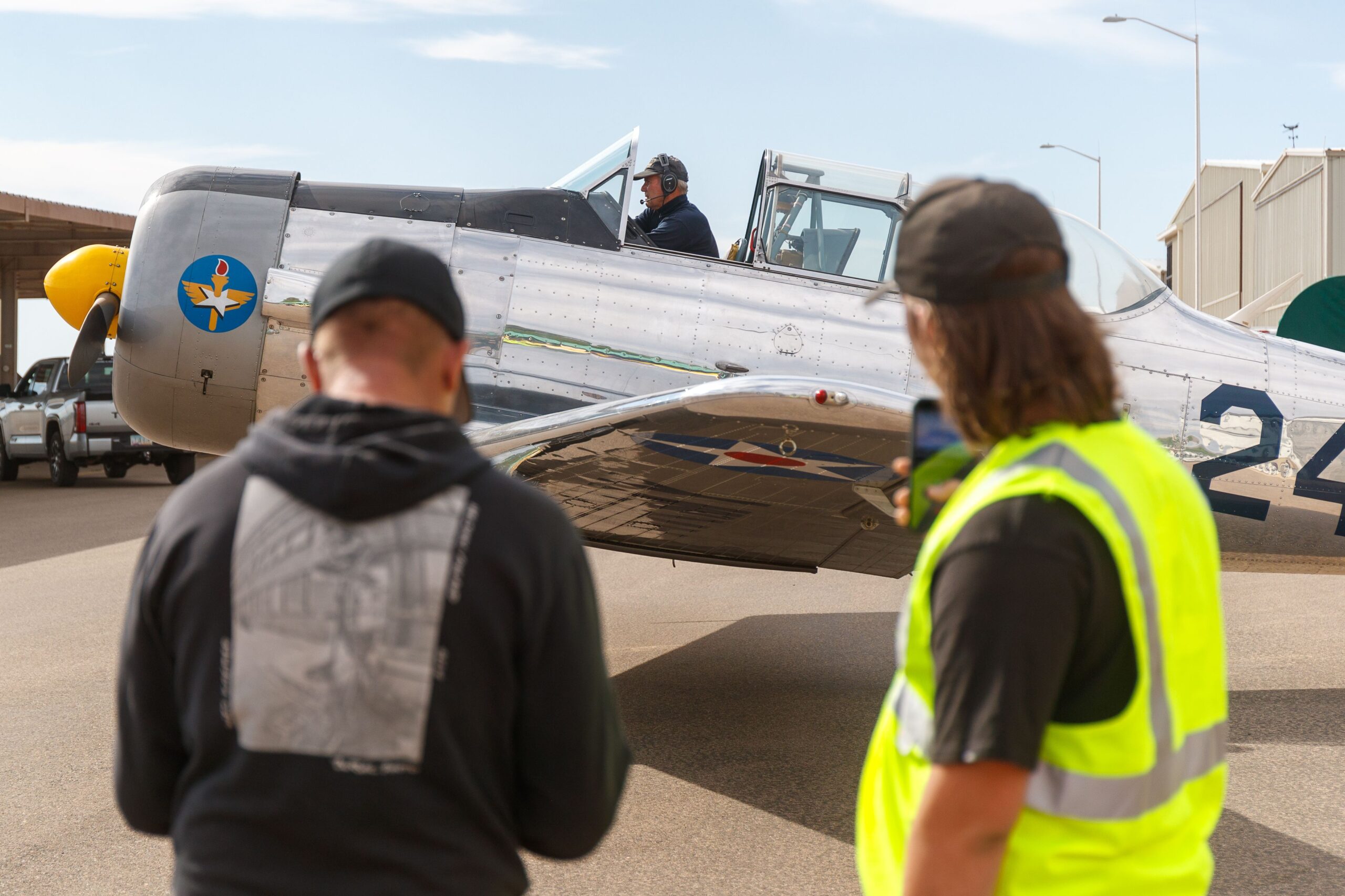Verde Valley Medical Center spent $900,000 to buy new equipment and spiff up the floors at its state-of-the-art cardiac catheterization lab that opened for public viewing Friday, June 10, part of the lab’s 10th anniversary celebration.
The new equipment produces better pictures of the heart and blood vessels, including images so detailed physicians can see to safely maneuver guide wires and plastic catheters into arteries or observe the inner workings of even the smallest vessels, all the way to the fingertips, interventional cardiologist Dr. Bruce Peek said.
The new equipment, known as the GE Innova 3100IQ system, produces better images than the old equipment in the same way high definition television creates pictures sharper and more defined than those created by standard television, X-ray technician Kevin Morin said.
Cardiac catheterization is the technical name for a medical procedure that uses a guide wire to insert a plastic catheter into an artery, a thick blood vessel that carries blood away from the heart. Typically, the wire is inserted into an artery in the leg through a small puncture near the groin.
Frequently the catheter, a plastic tube, is used to inject chemicals known as contrast dye into a specific site, permitting cardiologists to watch blood flow through the artery in a series of X-ray pictures.
In addition to helping doctors detect the location and seriousness of heart disease, catheterizing also regularly saves the lives of people suffering a heart attack, Morin said.
An emergency catheterization procedure allows a cardiologist to insert a plastic balloon at the site of a clogged artery and inflate it, widening the passage for blood to flow freely again, said Morin, one of eight people comprising the VVMC cath team.
“Time is muscle,” Morin said, meaning the longer it takes to resolve the heart attack, the more damage is done to the heart.
With that in mind, the cath team works to move patients through the process as quickly as possible during an emergency.
The lab’s record time for “door to balloon” is 11 minutes, the period of time between the patient’s arrival in the emergency room and the inflation of the life-saving balloon, according to registered nurse Angie Coil, another team member.
The procedure is considered an “intervention,” not surgery, Coil said.
“These minimally invasive procedures reduce risk, lessen pain and stress, and shorten recovery times,” Peek said.
During the 1990s, cardiac catheterization labs were considered a profit center for many hospitals but times have changed, VVMC Vice President Barbara Dember said.
 “It’s a very important aspect of the business we do,” Dember said, “but the cost of providing the infrastructure and staff for these services continues to go up while reimbursement stays the same.”
“It’s a very important aspect of the business we do,” Dember said, “but the cost of providing the infrastructure and staff for these services continues to go up while reimbursement stays the same.”
The cath lab upgrade is more about providing the best cardiac catheterization available than it is about increasing profits, she said.
10 Years Running
Verde Valley Medical Center provided diagnostic cardiac catheterization services since 1999 and started its interventional program in 2001. The catheterization lab team consists of board-certified cardiologists, specially trained nurses and cardiac imaging technicians, VVMC spokeswoman Starla Collins said.
The program is part of the Heart & Vascular Center of Northern Arizona, a partnership between Verde Valley Medical Center and Flagstaff Medical Center. The partnership combines office practices with extensive hospital-based services, including diagnostic and interventional cardiology procedures and open heart surgery.
The cardiac catheterization lab performed 206 coronary interventions, 100 peripheral leg procedures and implanted 94 pacemakers in 2010, according to registered nurse Angie Coil, a member of the VVMC cath team.
“Achieving this milestone is truly wonderful,” said Dr. James Dwyer, an interventional cardiologist. “The excellence of our program, verifiable by a national database, is a direct result of the commitment to quality and the dedicated efforts of the experienced cardiologists and medical staff who joined forces to build the program.”
Dwyer spearheaded the effort to build and establish VVMC’s cath lab and interventional cardiology, Collins said.
Call (877) 928-9355 for more information.



